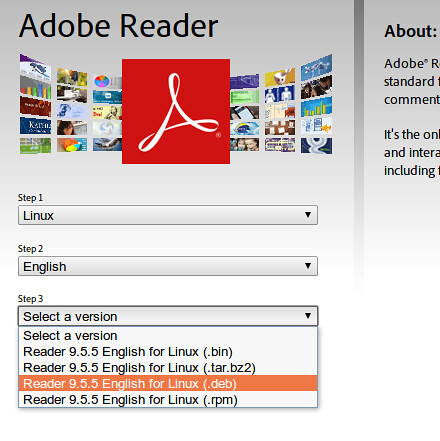Social Network and Mobile phones have become a way of life. This is how we communicate and manage our tasks everyday. So, having same options for how we work makes more sense.
The Vice President of IT for St. Joseph Health, David Baker, recognized this and set out to build a social and mobile solution at the Health care organization. David's main goal is to increase collaboration and improve productivity for employees at 14 facilities across three states.
The Vice President of IT for St. Joseph Health, David Baker, recognized this and set out to build a social and mobile solution at the Health care organization. David's main goal is to increase collaboration and improve productivity for employees at 14 facilities across three states.
The ways to Boost Workplace Collaboration:
1. Find out that employees need more: David describes St. Joseph’s previous legacy intra-net tool as a 'glorified repository'. If the company has 25-thousand employees, only 1 thousand were considered users, and among them only 100 were active and just four were categorized as “power users.” Also, there was a general frustration among employees about not being able to get access to the information they were looking for. So, it is better to develop a completely new intra-net solution.
2. Build it a Place where People Wants to go: The tag line of St. Joseph Health for the staff hub project is “Email is where information goes to hide.” Mobile and social intra-net has liberated data and info for employees, and encouraged interaction and collaboration across the business.
“Folks from Northern California, Southern California, and Texas, that may have not had a voice or understood there are other people out there working on similar stuff, can connect. It's helping us to become a true enterprise company,” says David Baker.
3. Encourage Leadership Support: David made a request to St. Joseph’s top management that they try to log into Staff hub everyday to read a few posts. He provide them the tool available on their mobile device for this. He asked them to post one time a week as employees are always interested in what their leadership has to say. The result was CEOs and VPs become regular contributors from the beginning, encouraging adoption company wide.
Follow these three ways to increase collaboration in a workplace with mobile and social intra-net. Do you have any other idea in your mind? Share with us in the comment section, Click here to visit our website right now.


















